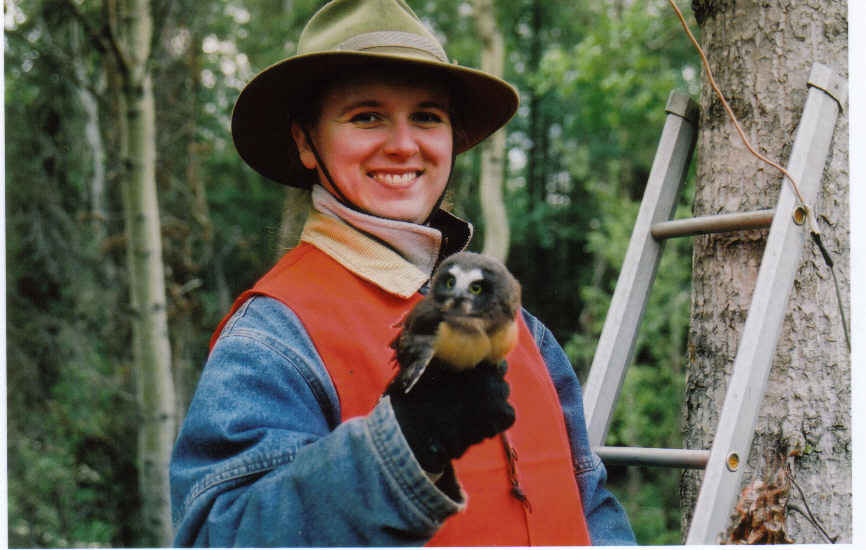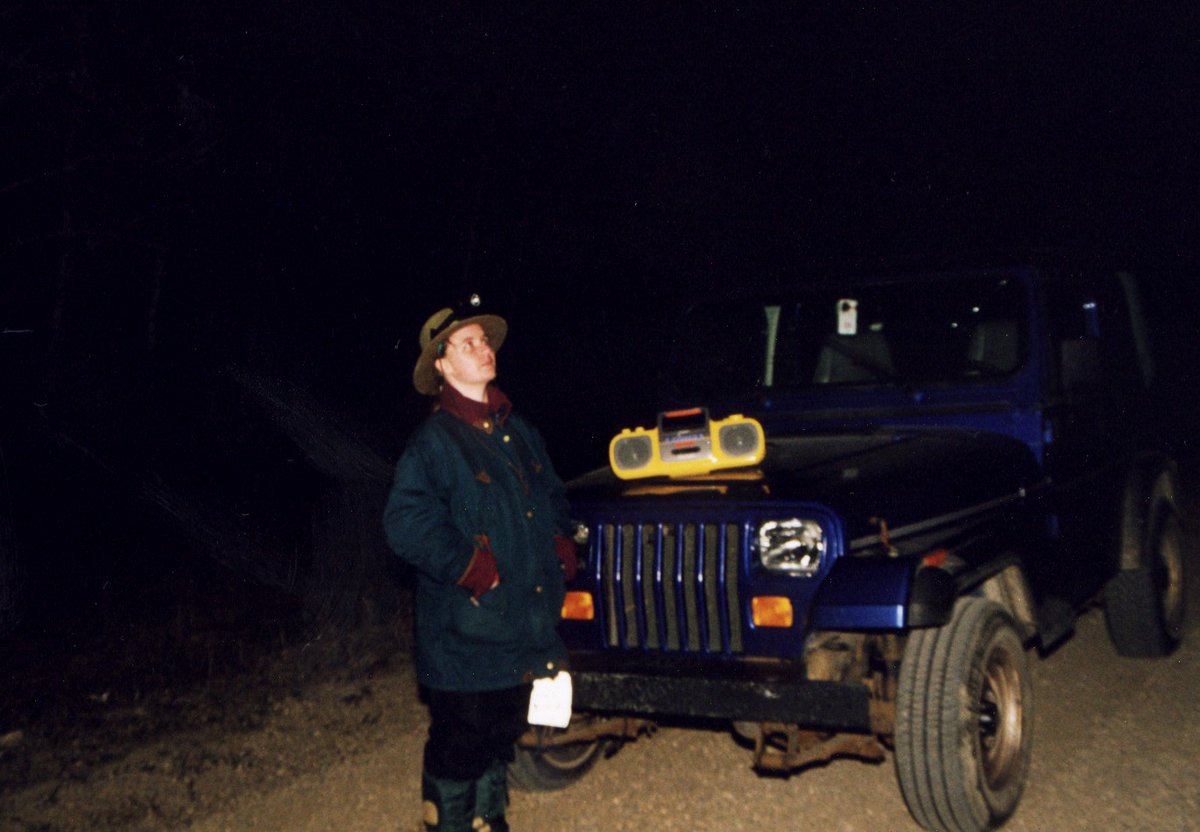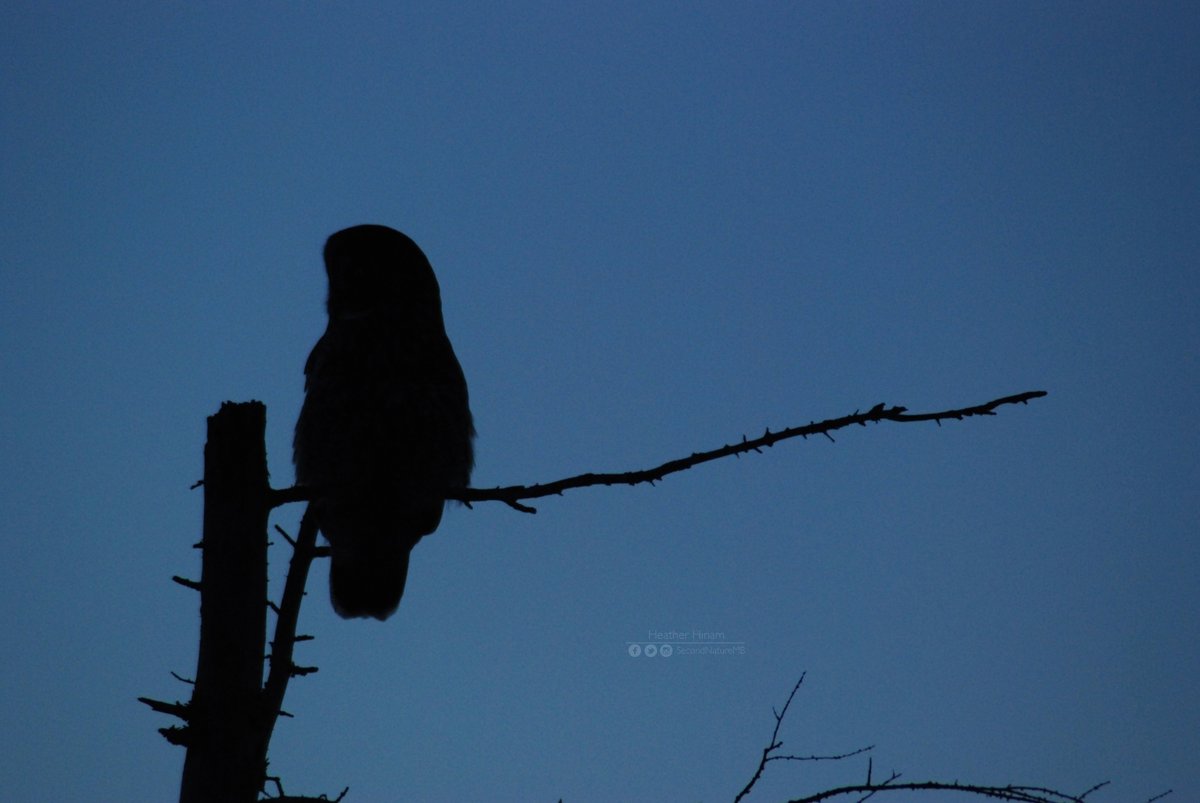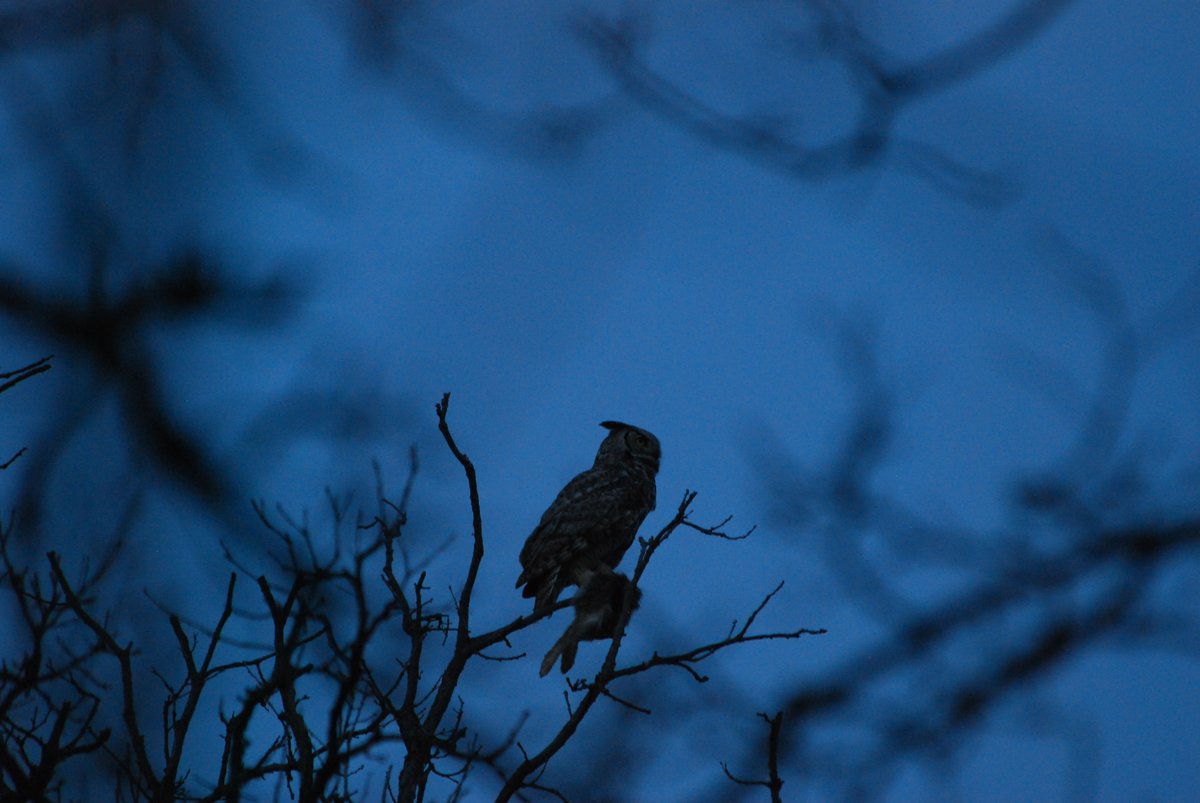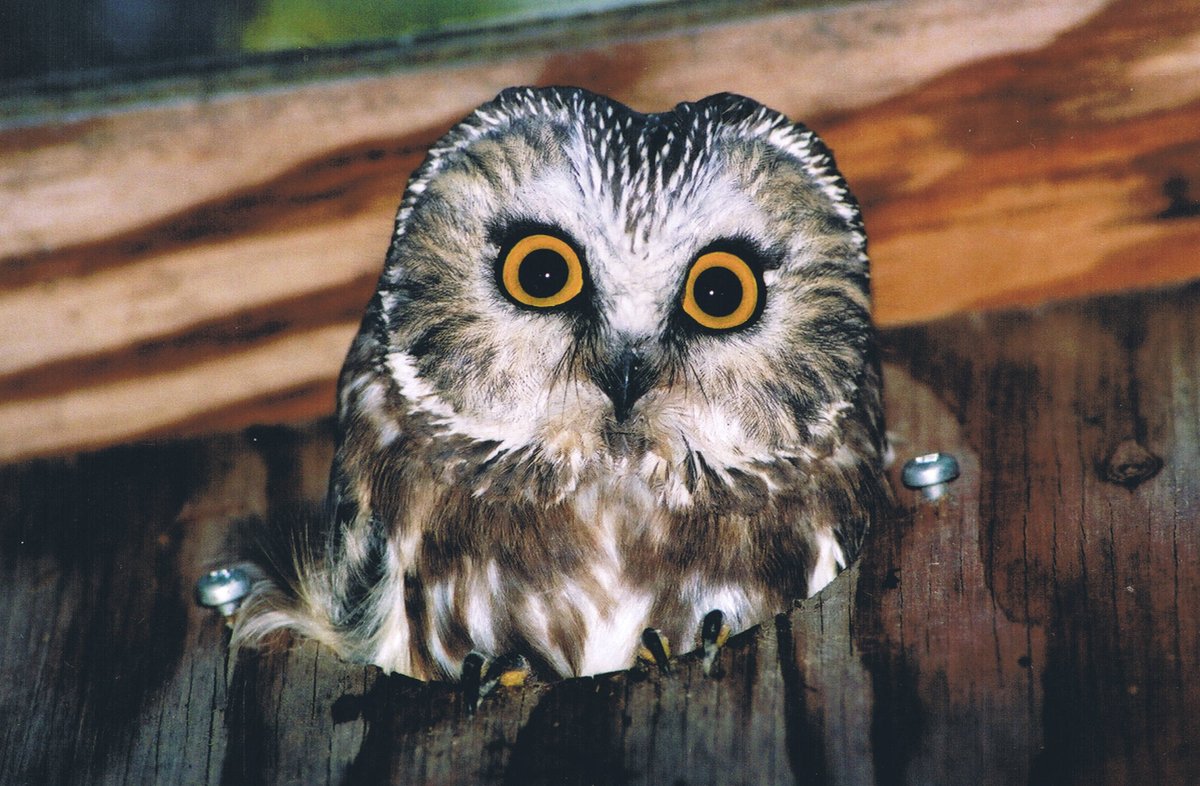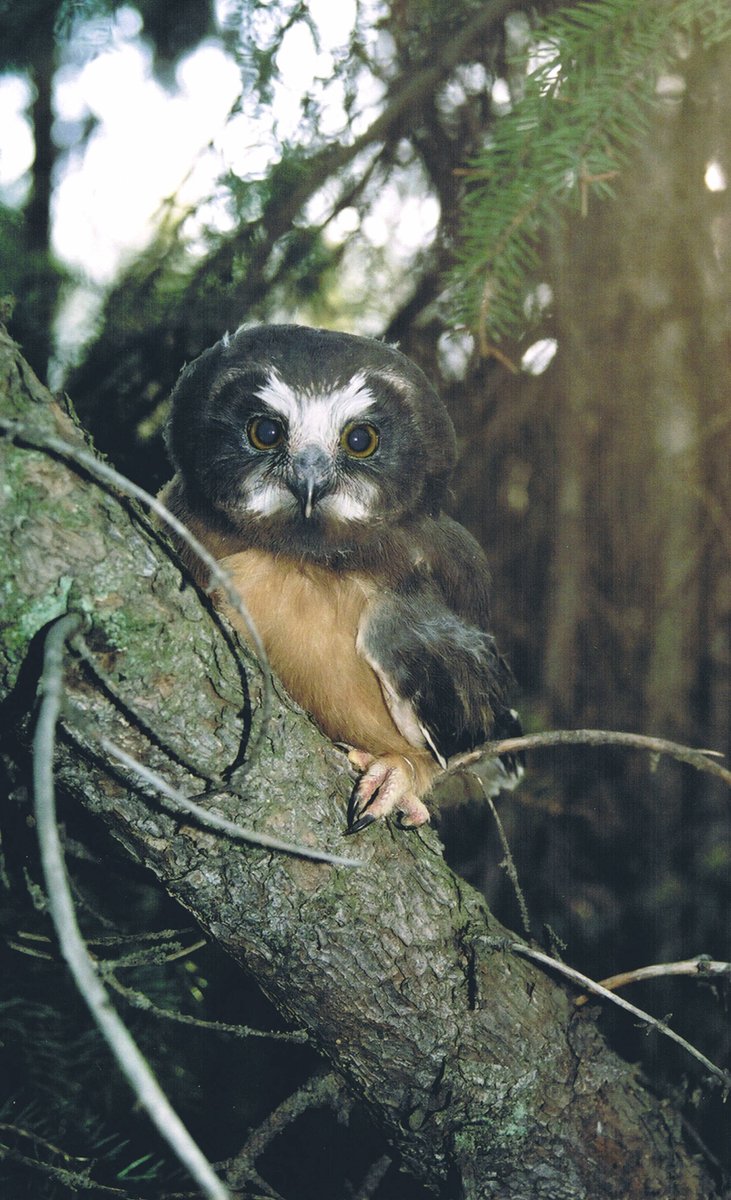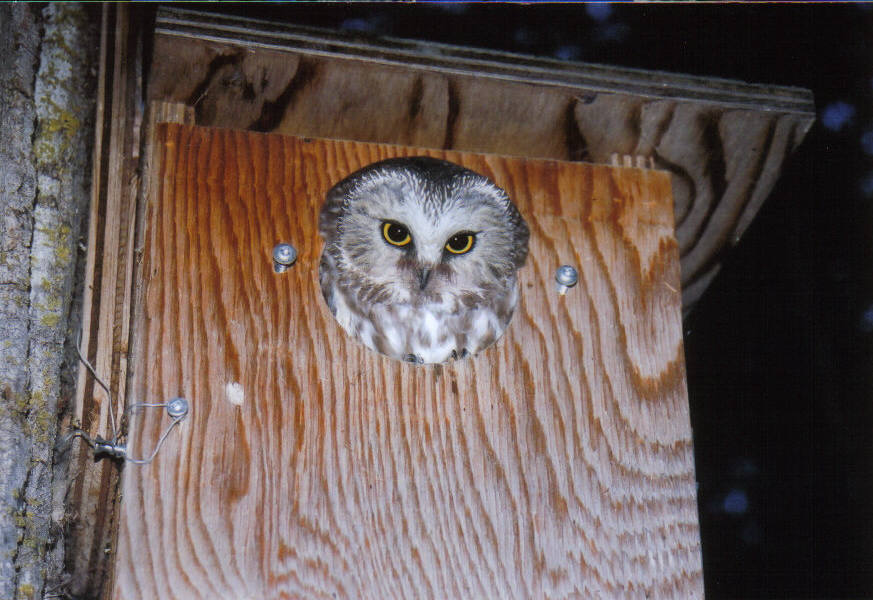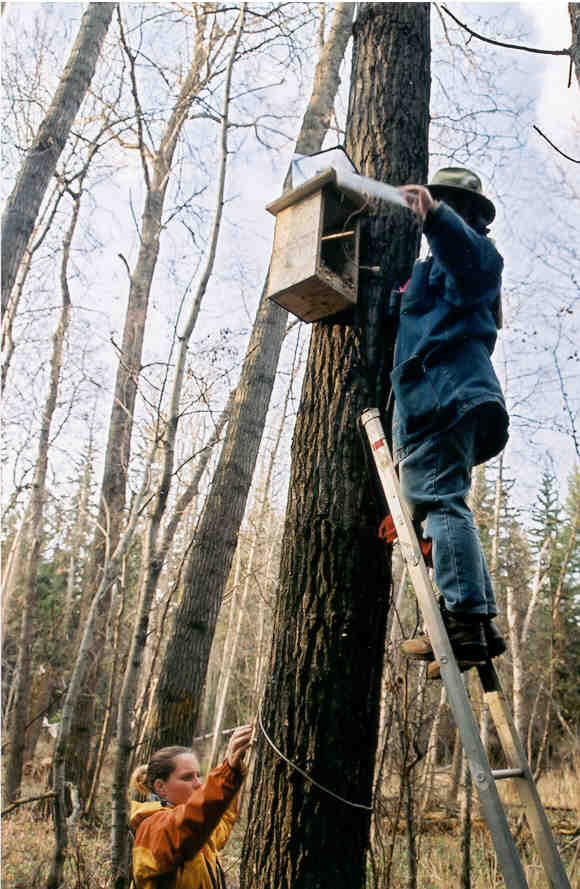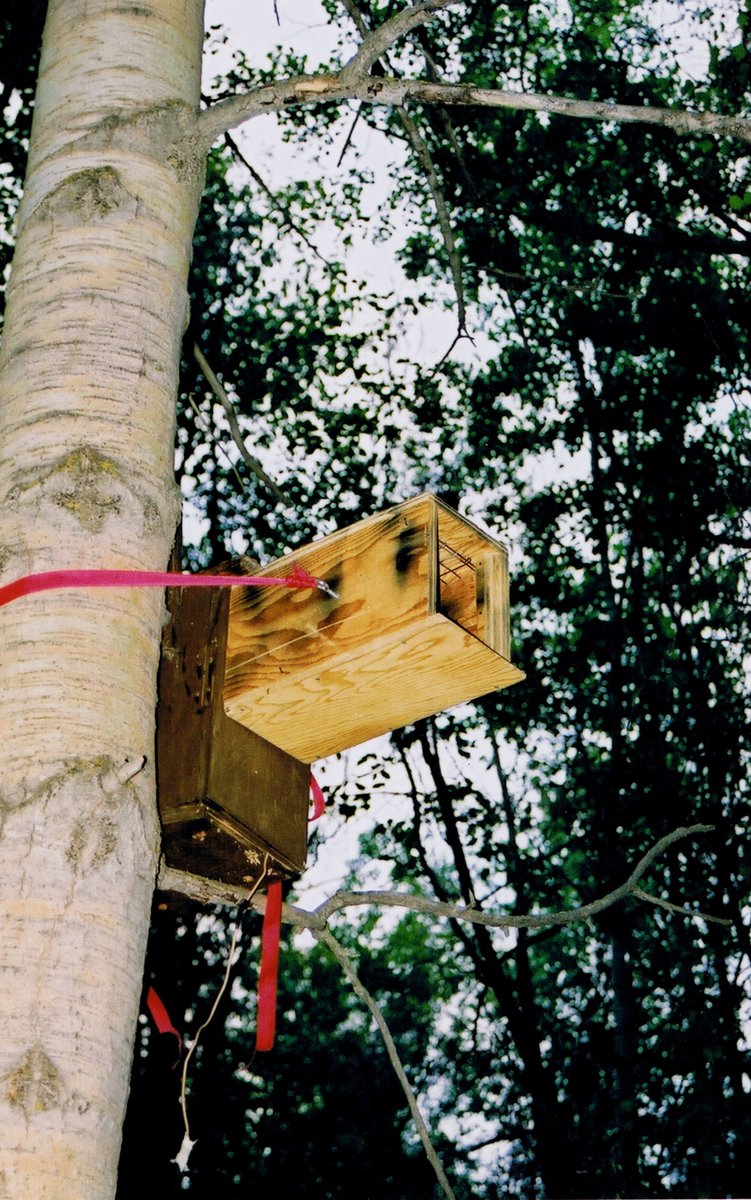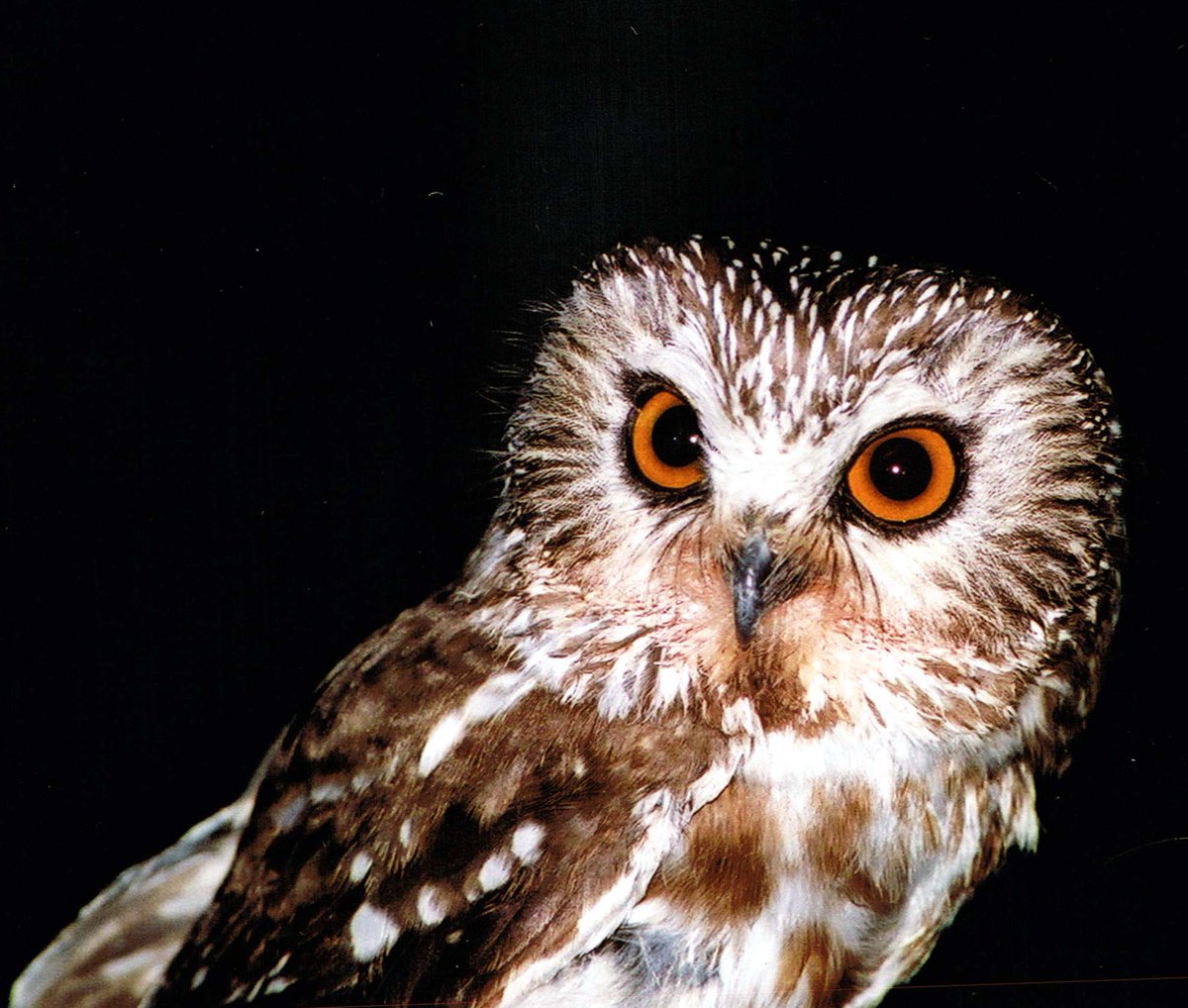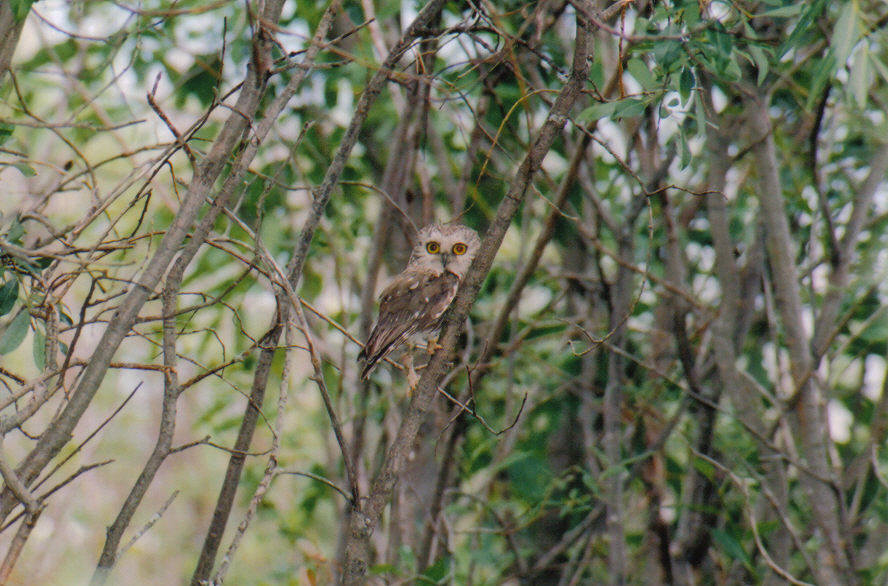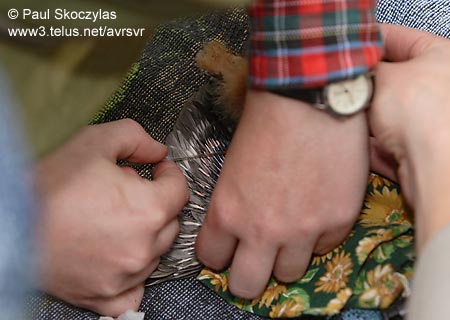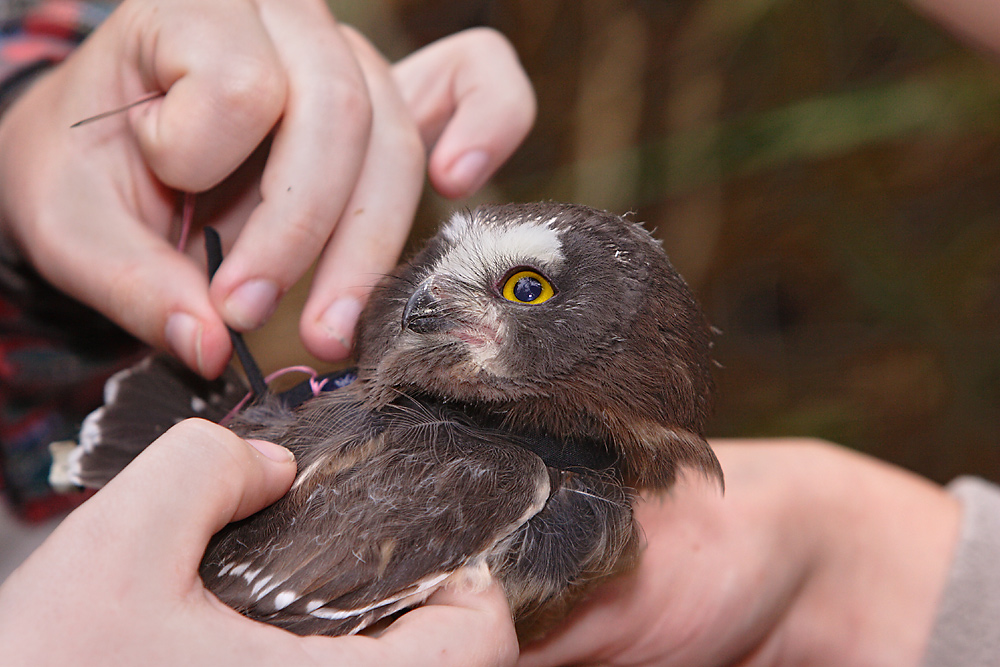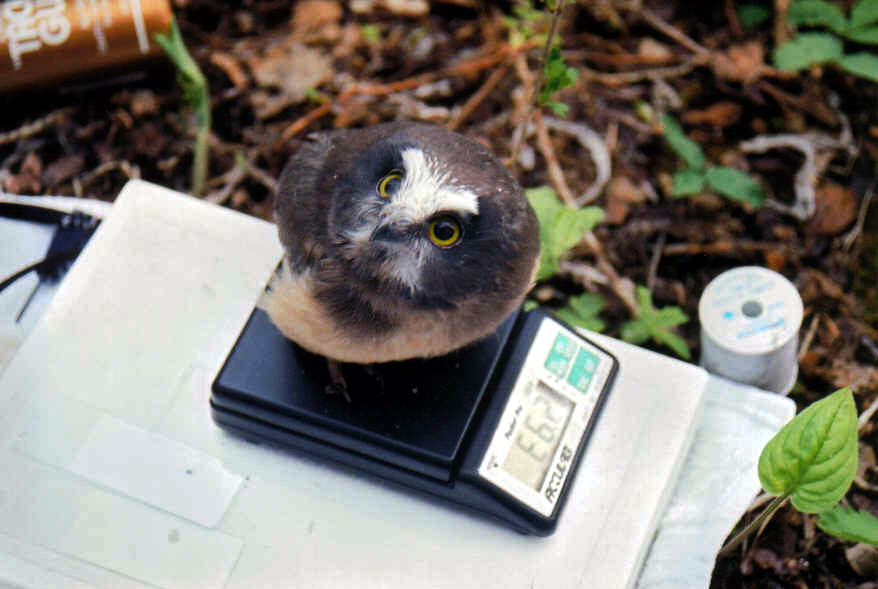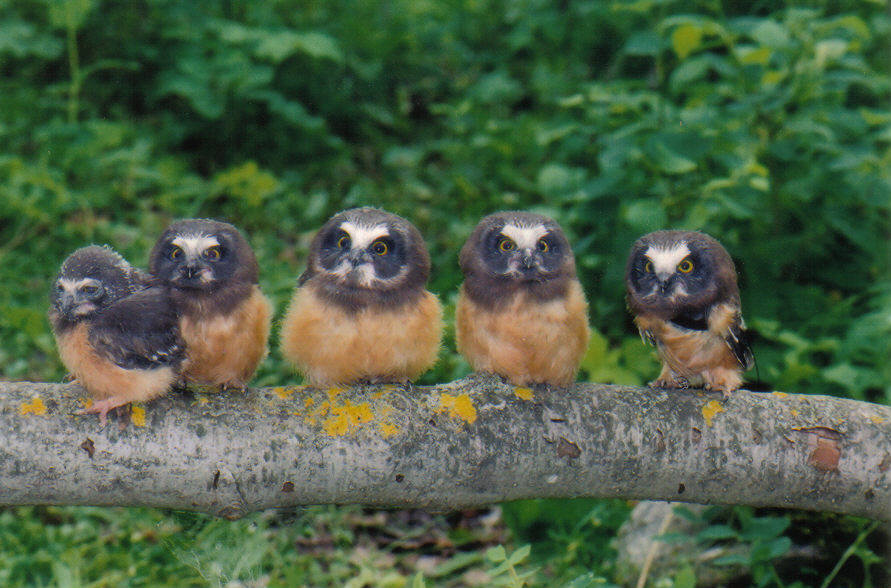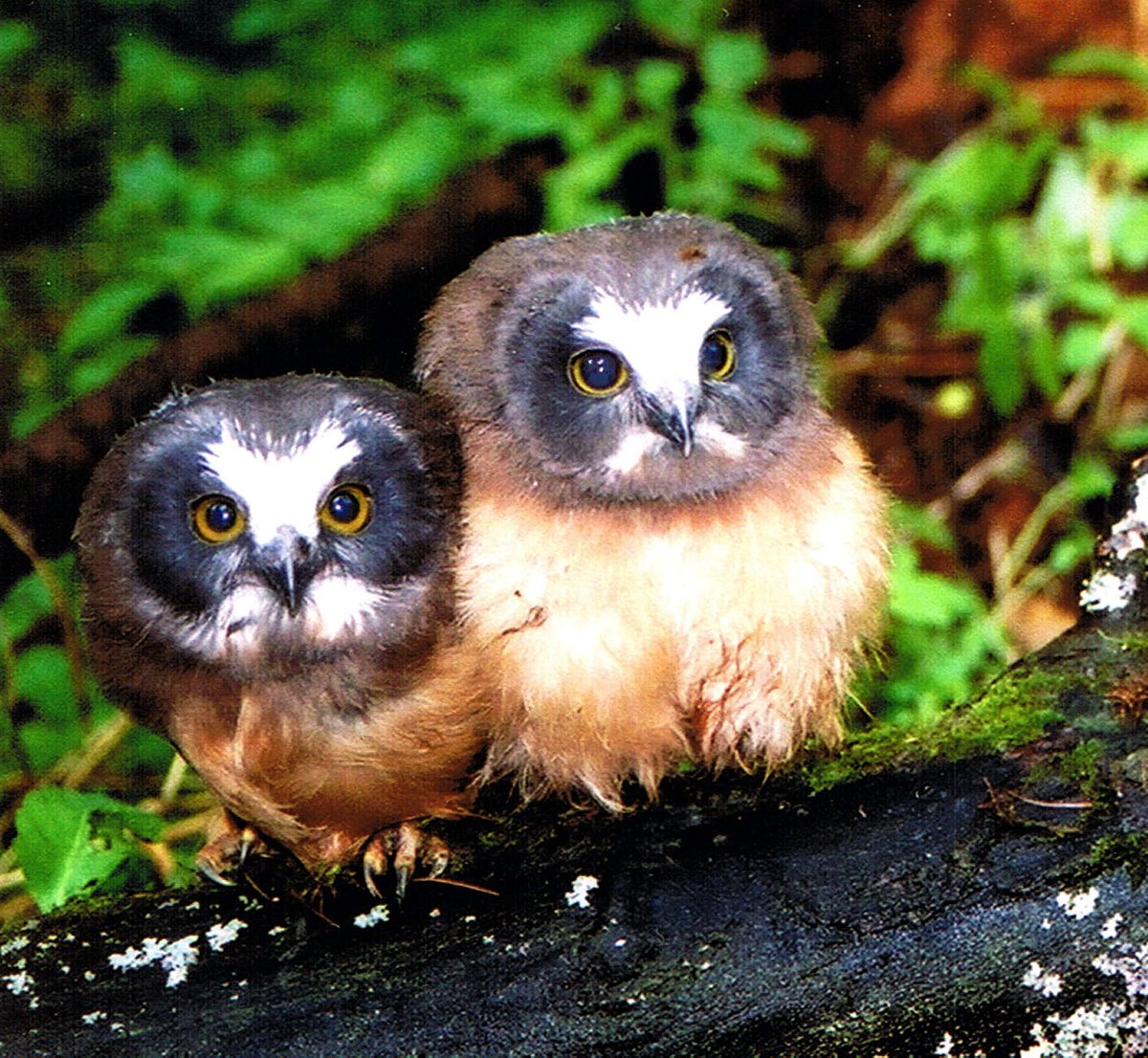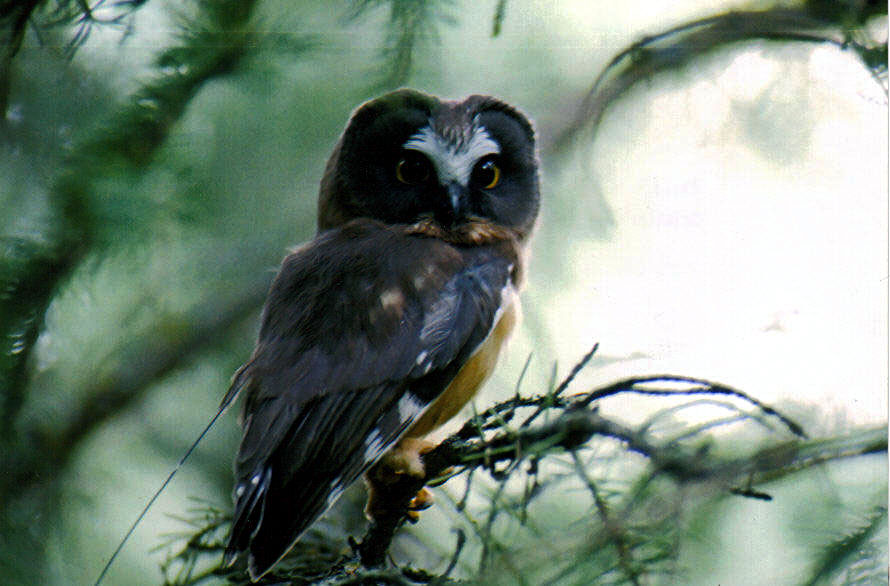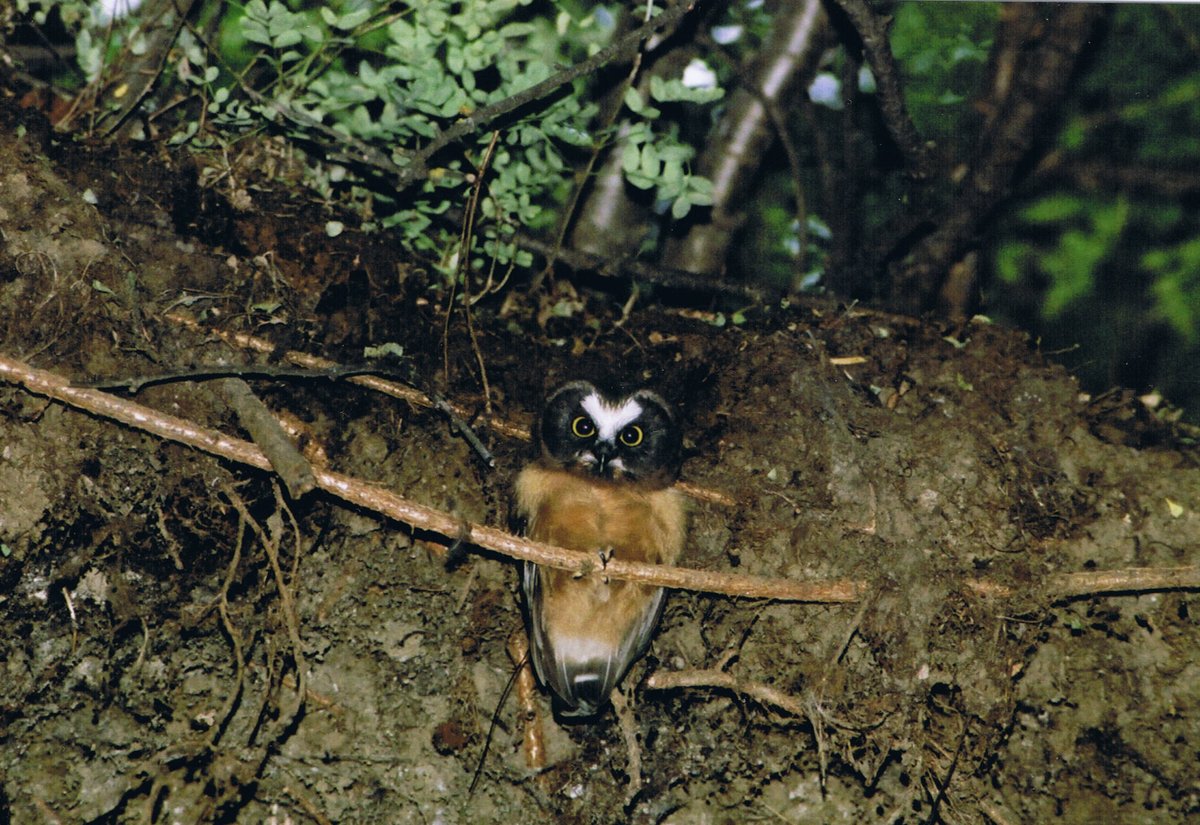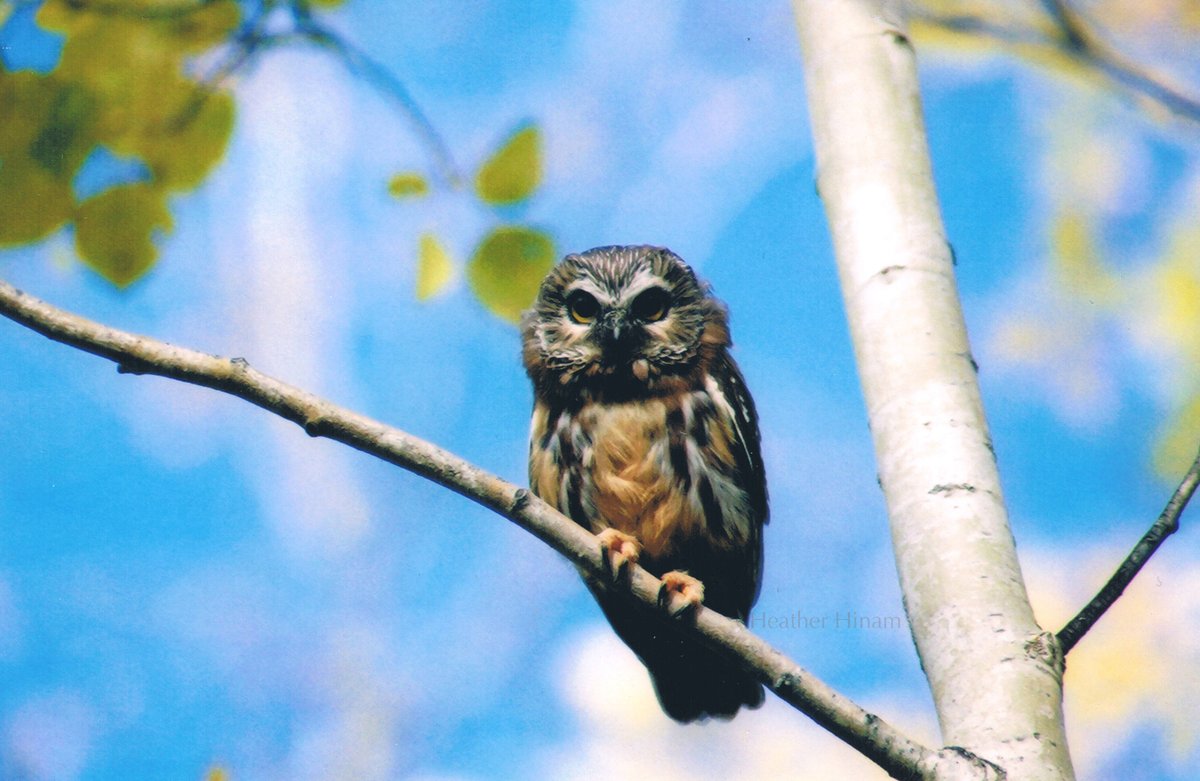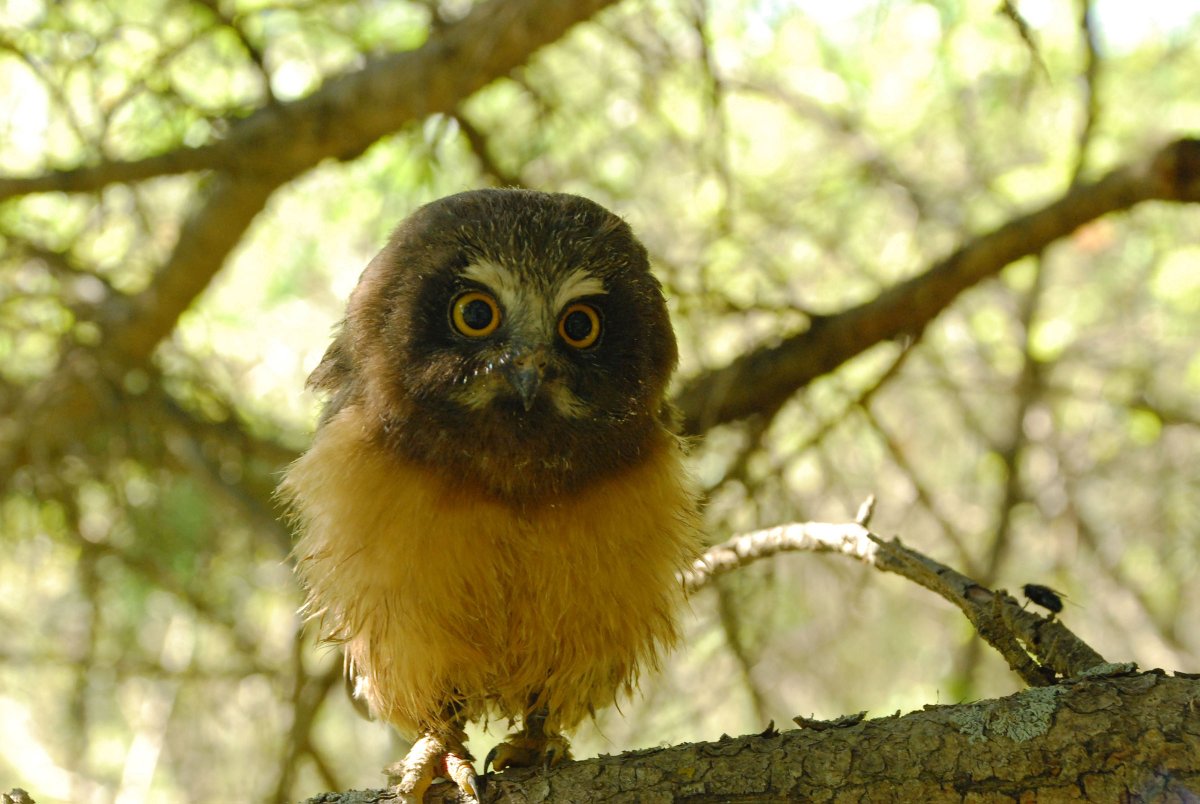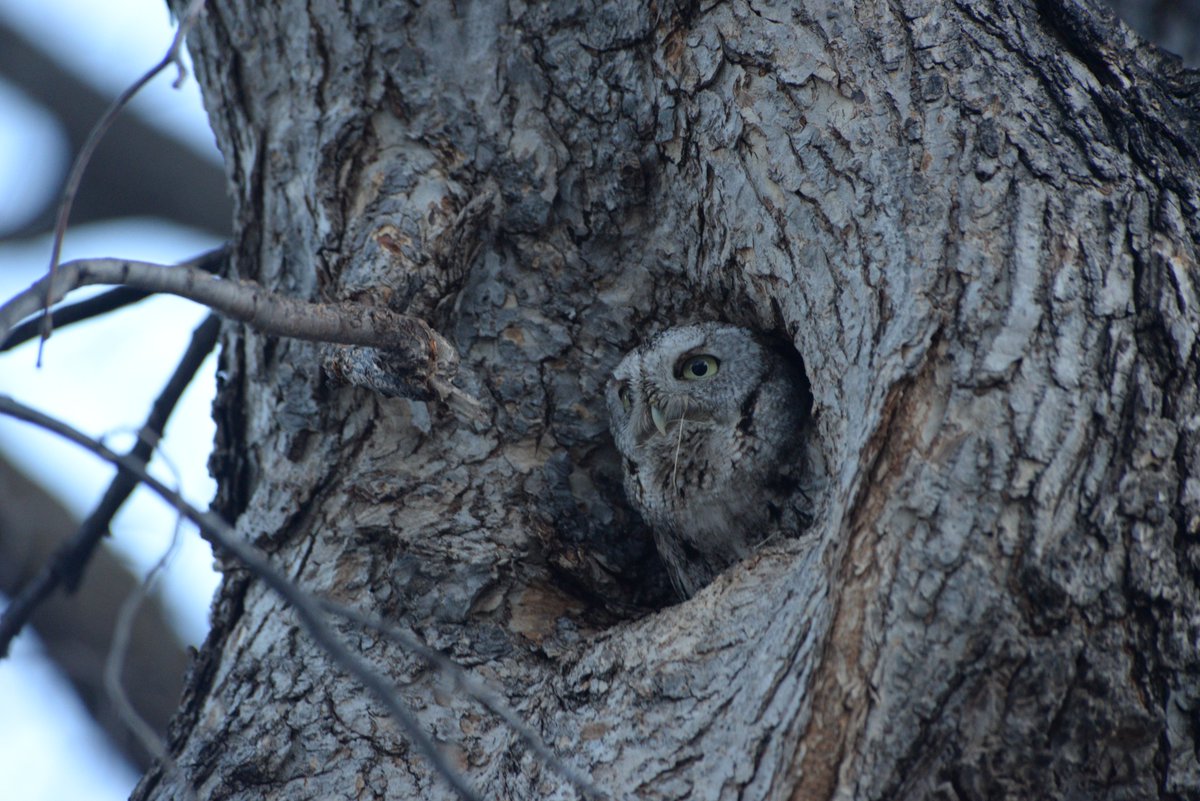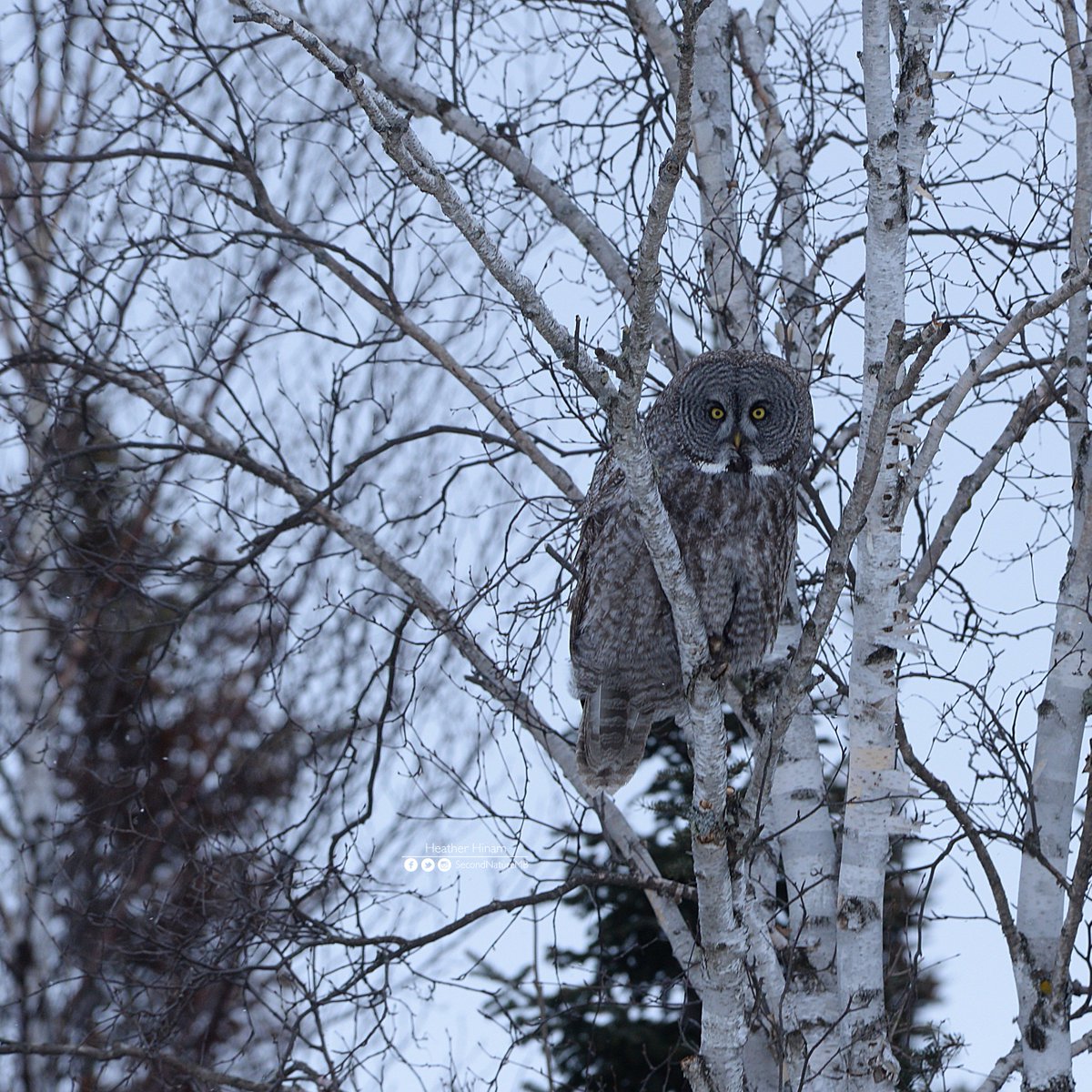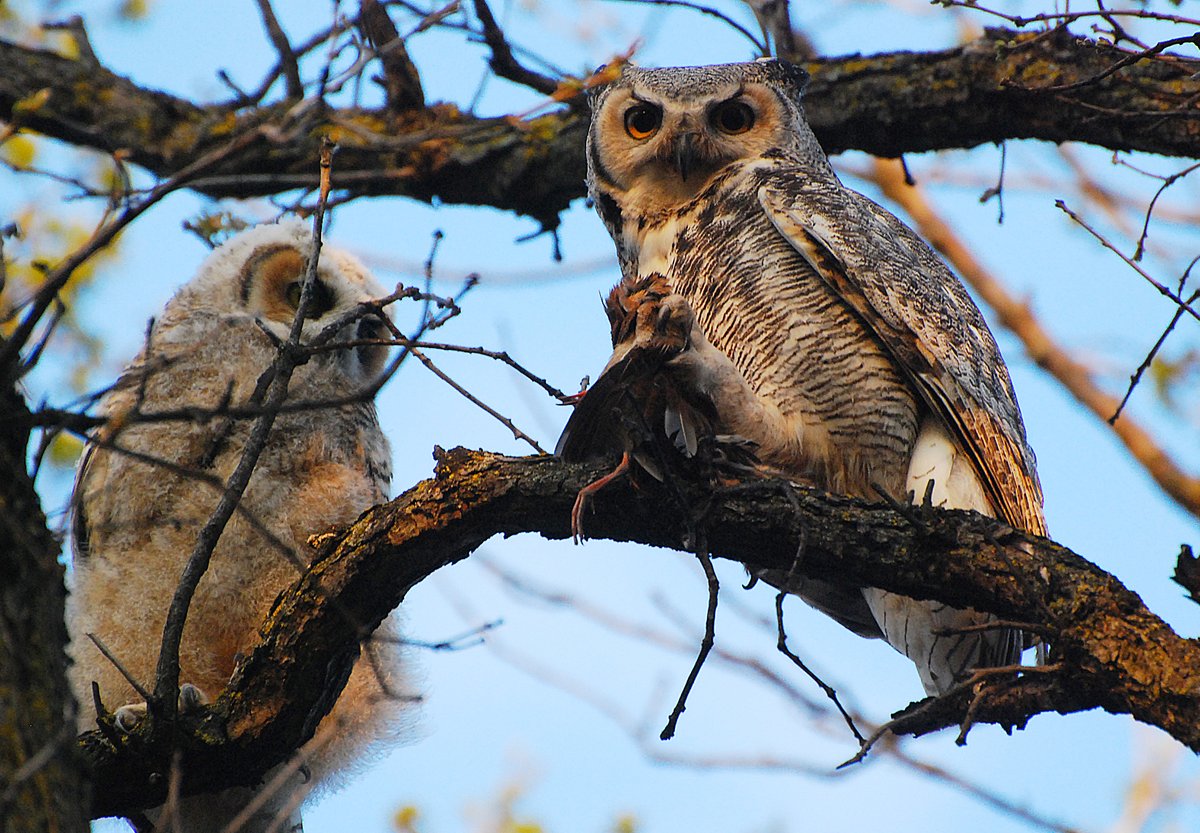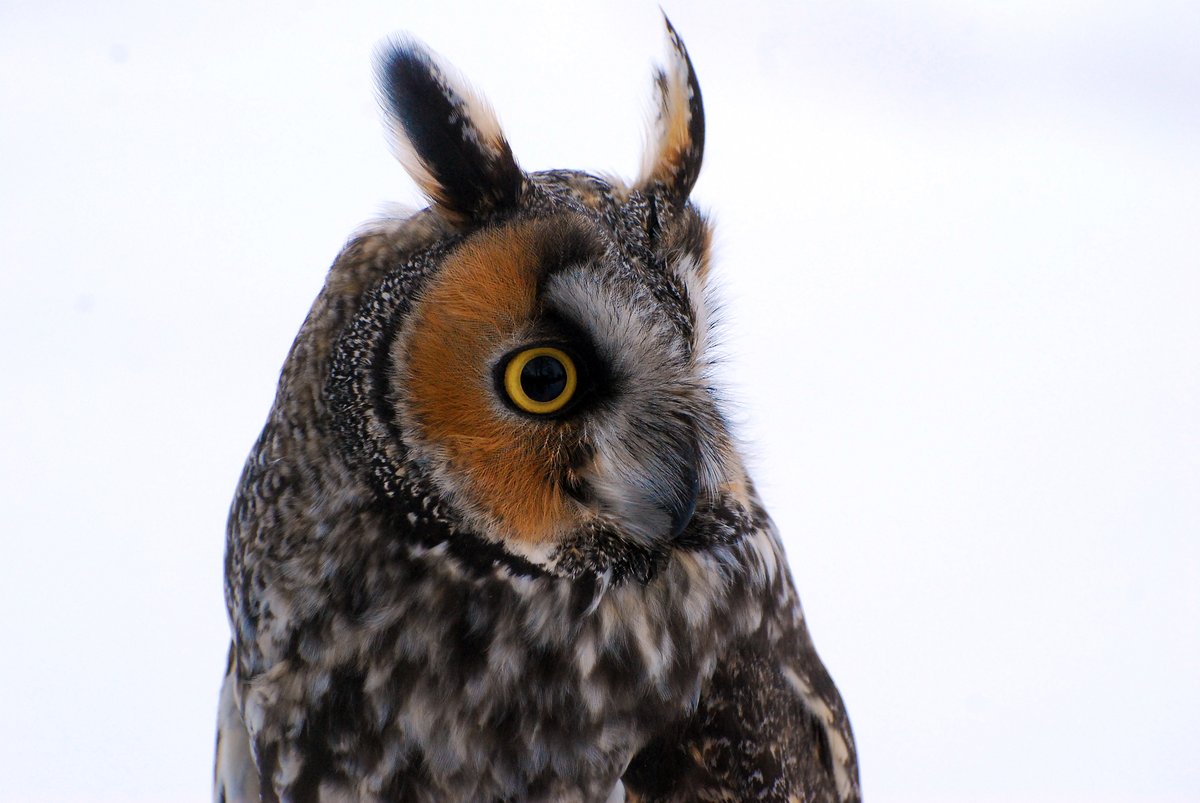This #SuperbOwlSunday, I thought it might be fun to revisit the years I spent working with owls. I spent both my Masters and Ph.D. in ecology studying the relationship between owls and their habitat. It was the pre-smartphone era (I'm not that old), so I have limited photos. 1/
My Masters fieldwork was spent in the dark doing owl surveys from March - June in w. Manitoba. Like many birds, owls call to establish their territories and you can use that to locate them. I did this to sort out which habitats different species preferred. #SuperbOwlSunday 2/
My Ph.D. research was more specific. I wanted to see how changes forest cover amount affected how northern saw-whet owls foraged and fed their young; then how it affected the health of the young and their behaviour once they left the nest. #SuperbOwlSunday #SuperbOwl  3/
3/
 3/
3/
We worked with saw-whet owls that used nestboxes east and north of Edmonton AB, put there by an amazing hobby bander over decades. We banded the females and put an automated scale in the box to record whenever the male brought food back to the chicks. #SuperbOwlSunday 4/
We trapped males when they fed the kids to radio tag them. We spend 100s of hours tracking males at night while they foraged and fed their young. We found that their home ranges were really contracted when there was very little forest and young were fed less often #SuperbOwl  5/
5/
 5/
5/
When it was time for them to leave the nest, we weighed and measured the young, took blood samples and fitted one from each nest with a transmitter so we could track their dispersal from the nest. No one had ever tracked young saw-whets before so we learned a lot. #SuperbOwl  6/
6/
 6/
6/
After about a month, we'd recapture the young (and males) to get the transmitter off. This was done using a long pole with a little noose. I'd carefully snag the tiny bird and bring it down. It took a lot of hand-eye coordination (and patience). #SuperbOwl  #SuperbOwlSunday 8/
#SuperbOwlSunday 8/
 #SuperbOwlSunday 8/
#SuperbOwlSunday 8/
In the end, we found that areas where forest was scarce and fragmented made life harder for saw-whets. The young were more stressed and didn't move away from the nests as quickly. They could still survive because there was still lots of food, but had to work harder. #SuperbOwl  9/
9/
 9/
9/
I'm no longer a researcher, but I still work with owls... and you can too! See if your region is doing a volunteer nocturnal owl survey. You can take part each year going out to listen and look for owls and help us learn more about these amazing species. #SuperbOwl  10/10
10/10
 10/10
10/10

 Read on Twitter
Read on Twitter